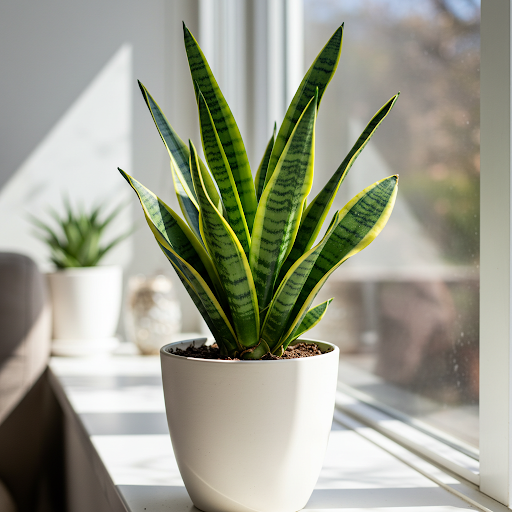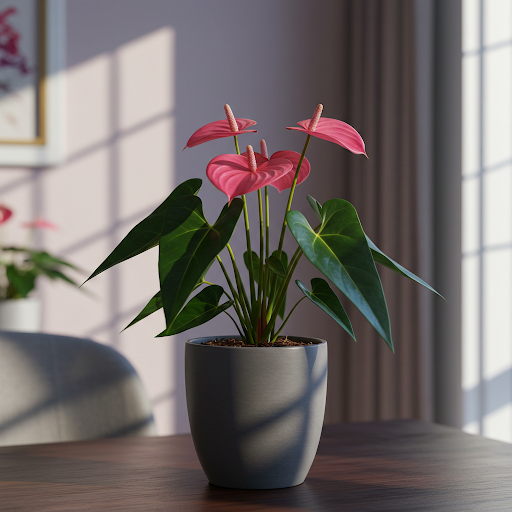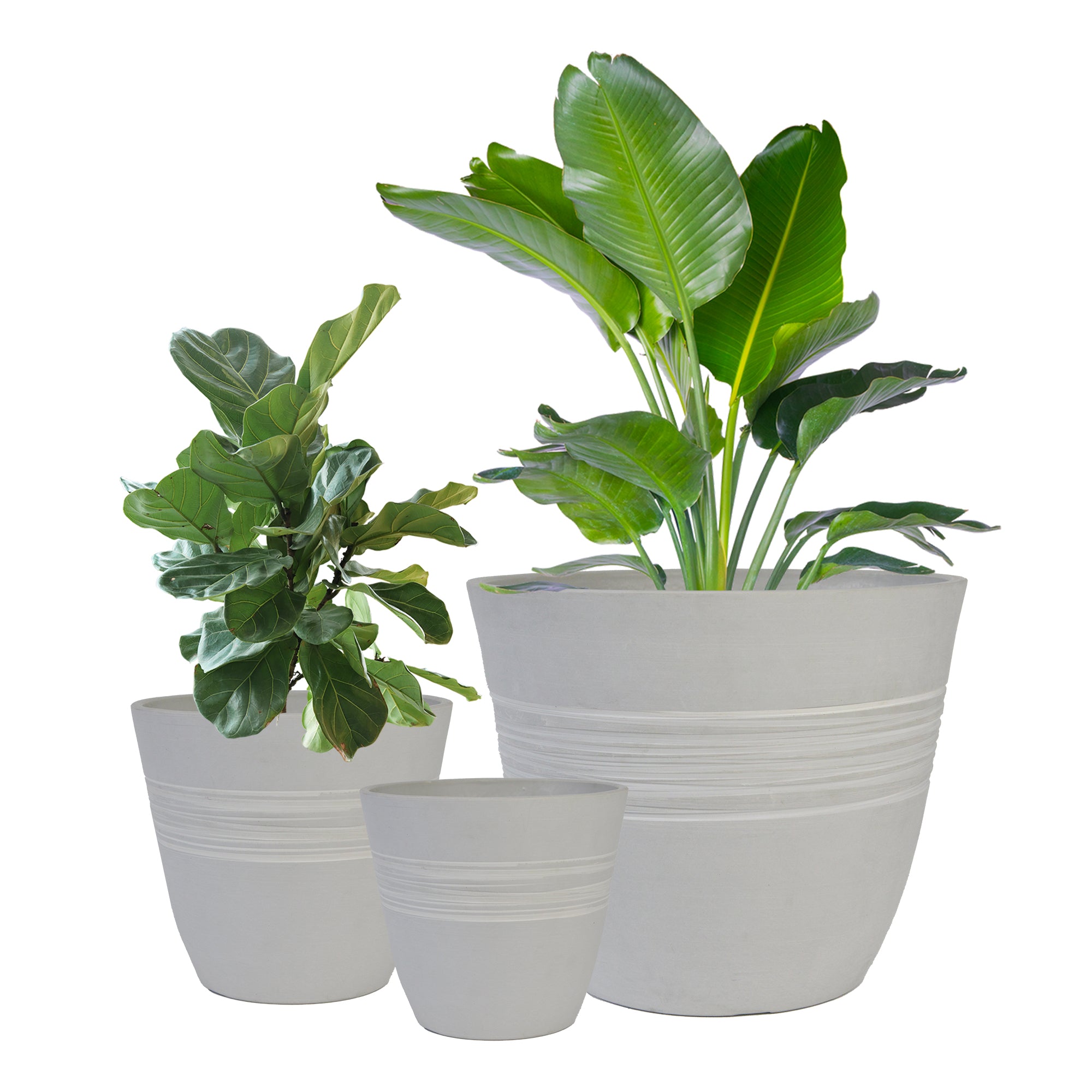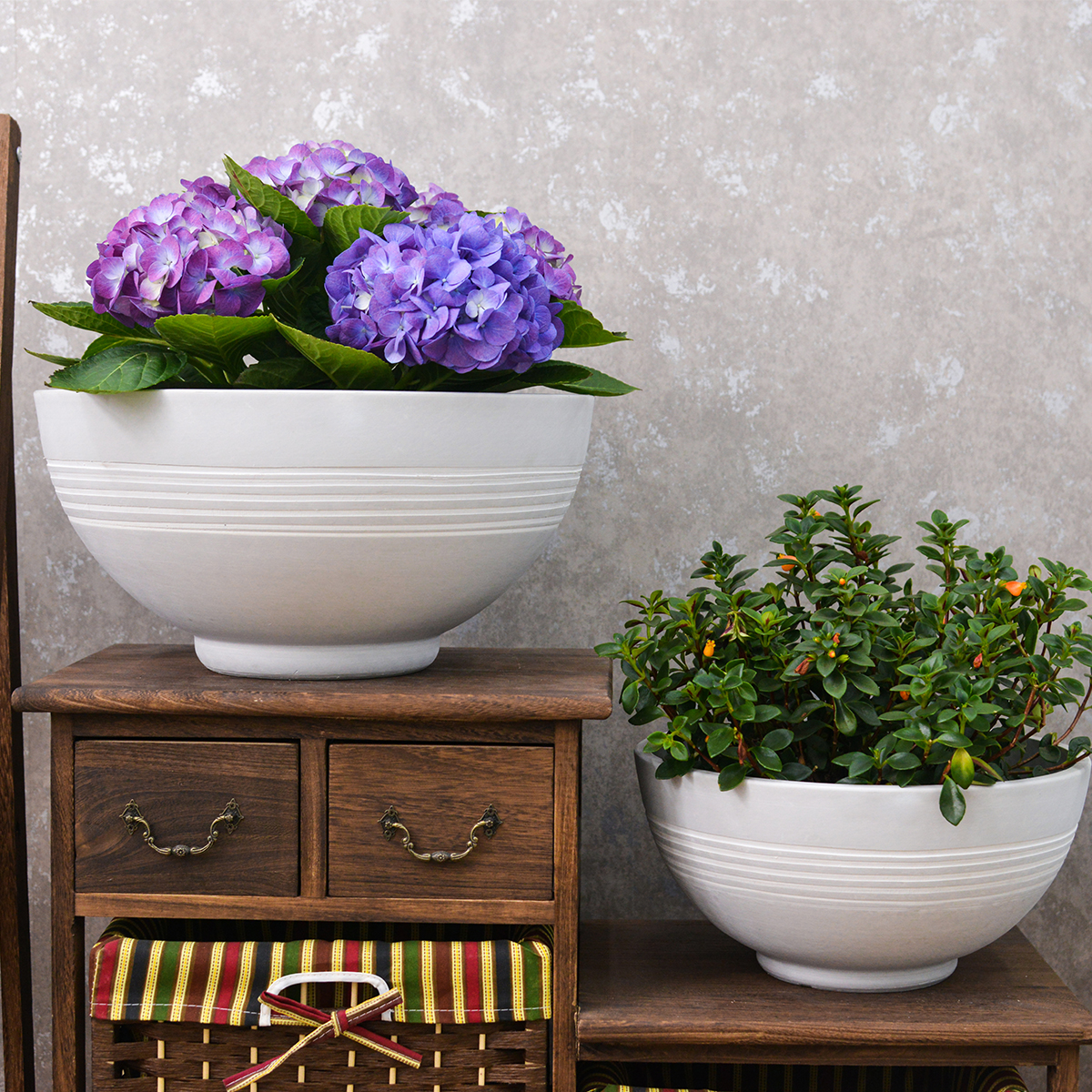Snake Plant Indoors: The Ultimate Guide to Growing Sansevieria Trifasciata at Home
Looking for a stylish, incredibly low-maintenance, and air-purifying houseplant? Snake Plant, scientifically known as Sansevieria trifasciata (now often classified as Dracaena trifasciata), is a top choice for beginners and seasoned plant enthusiasts alike. These architectural and resilient plants, native to West Africa, are perfect for adding a touch of modern elegance and effortless greenery to your indoor spaces. This comprehensive guide will provide you with everything you need to know to grow Sansevieria trifasciata indoors, from selecting the right varieties and pots to mastering essential care techniques for a thriving and striking Snake Plant in your home.

Snake Plant
What is Snake Plant (Sansevieria trifasciata)?
Sansevieria trifasciata, commonly known as Snake Plant, Mother-in-Law’s Tongue, or Viper’s Bowstring Hemp, is a popular species of evergreen perennial plant, now taxonomically often placed in the genus Dracaena. Snake Plants are celebrated for their upright, sword-like leaves that come in a variety of patterns and colors, typically featuring shades of green, yellow, and silver. They are known for their exceptional air-purifying qualities, extreme drought tolerance, and incredibly low-maintenance nature, making them one of the easiest and most forgiving houseplants you can grow.
Can Snake Plants (Sansevieria trifasciata) Thrive Indoors?
Yes, Snake Plants (Sansevieria trifasciata) thrive exceptionally well indoors and are perfectly suited for indoor conditions. Their tolerance of low light, infrequent watering, and general neglect makes them ideal for almost any indoor environment, including homes, offices, and apartments. They are incredibly adaptable and can tolerate a wide range of indoor conditions, making them a reliable and long-lasting houseplant.
Ideal Indoor Growing Conditions for Snake Plants (Sansevieria trifasciata):
- Snake Plant Varieties for Indoors: Sansevieria trifasciata is highly variable, and numerous cultivars offer diverse appearances. Popular indoor Snake Plant varieties include:
- Sansevieria trifasciata ‘Laurentii’: Classic variety with green leaves and bright yellow margins.
- Sansevieria trifasciata ‘Zeylanica’: Dark green leaves with lighter green, mottled crossbands.
- Sansevieria trifasciata ‘Moonshine’: Pale silvery-green leaves with subtle darker green markings.
- Sansevieria trifasciata ‘Black Gold’: Dark green leaves with a thin golden-yellow margin.
- Sansevieria trifasciata ‘Futura Superba’: Shorter, wider leaves than ‘Laurentii’, with yellow margins.
- Sansevieria trifasciata ‘Futura Robusta’: Dwarf variety with broad, dark green leaves, no yellow margins.
- Sansevieria trifasciata ‘Twisted Sister’: Leaves are spirally twisted, variegated with yellow.
- Sansevieria trifasciata ‘Cylindrica’ (Cylindrical Snake Plant): Round, spear-like leaves, different leaf shape but same easy care.
- Sansevieria trifasciata ‘Bird’s Nest’ (Hahnii Group): Short, rosette-forming varieties, compact and visually appealing.
- Light: Snake Plants are highly adaptable to various light conditions, from low light to bright indirect light. They will tolerate low light conditions, making them suitable for rooms with minimal natural light. However, they will thrive and grow best in bright, indirect light. Avoid prolonged periods of direct, intense sunlight, which can scorch the leaves, especially in hotter climates. East, west, or south-facing windows with filtered light are ideal. North-facing windows are also suitable, although growth may be slower in lower light.
- Soil: Snake Plants need very well-draining soil to prevent root rot. Use a cactus or succulent potting mix, which is specifically formulated for succulents and provides excellent drainage and aeration. You can also amend regular potting mix with perlite, pumice, or coarse sand to improve drainage.
- Watering: Snake Plants are extremely drought-tolerant and prefer to be underwatered rather than overwatered. Water very sparingly and only when the soil is completely dry. Allow the soil to dry out thoroughly between waterings. In fact, neglect is often better than over-care for Snake Plants. During the dormant period in fall and winter, water even less frequently, perhaps only once a month or even less, depending on your conditions. Overwatering is the most common mistake and can quickly lead to root rot, which is often fatal. Watering frequency will vary greatly depending on light levels, temperature, humidity, and pot size. Always check the soil moisture before watering.
- Temperature: Average room temperatures between 65°F to 80°F (18°C to 27°C) are ideal. Snake Plants are comfortable in typical household temperatures. Avoid exposing them to temperatures below 50°F (10°C), as they are sensitive to cold and frost.
- Humidity: Snake Plants are very adaptable and tolerate a wide range of humidity levels, from dry to moderately humid conditions. Average household humidity is perfectly suitable. They do not require high humidity and can even tolerate dry air, making them well-suited for typical indoor environments.
Planting Your Snake Plant (Sansevieria trifasciata) Indoors:
- Starting from Potted Plants or Divisions: The easiest way to start growing Snake Plants indoors is to purchase established potted plants from nurseries, garden centers, or online retailers. They can also be propagated by divisions when repotting mature plants or from leaf cuttings, although leaf cuttings may not always retain variegation in some varieties.
- Propagation by Division: When repotting a mature Snake Plant, you can gently divide the plant at the rhizome (underground stem), separating it into sections, ensuring each section has roots and leaves. Plant each division in its own pot.
- Propagation from Leaf Cuttings: Cut a healthy leaf into sections (2-3 inches long), allow the cuttings to callus over (dry out at the cut end) for a few days, and then plant them in moist cactus mix. Rooting can take several weeks to months. Note that variegated varieties propagated by leaf cuttings may revert to solid green.
- Planting Time: Snake Plants can be planted or repotted at any time of year indoors. Spring or early summer, at the start of the growing season, is generally recommended for optimal establishment and growth.
Choosing the Right Pots for Indoor Snake Plants (Sansevieria trifasciata):
- Suitable Pot Types: Select pots with good drainage. Terracotta pots are often recommended for Snake Plants as they are porous and help the soil dry out more quickly, reducing the risk of overwatering. Ceramic or plastic potscan also be used, but be extra cautious with watering in non-terracotta pots as they retain more moisture.
- Drainage: Good drainage is essential for Snake Plants to prevent root rot. Ensure your chosen pot has drainage holes at the bottom. You can also add a thin layer of gravel or pot shards at the base of the pot to improve drainage slightly.
- Pot Size: Choose a pot that is only slightly larger than the root ball. Snake Plants prefer to be slightly root-bound and do not need large pots. Overpotting (using too large a pot) can increase the risk of overwatering. When repotting, typically move up only slightly in pot size. Tall, narrow pots are often aesthetically pleasing for upright Snake Plant varieties, but pot material and drainage are more critical than pot shape.
- Potting Mix: Use a cactus or succulent potting mix as described earlier.
Essential Care Tips for Thriving Indoor Snake Plants (Sansevieria trifasciata):
- Watering Schedule: “Water Sparingly, Only When Bone Dry”. Allow the soil to dry out completely bone drybetween waterings. Water deeply when you do water, until water drains freely out of the drainage holes. Then, do not water again until the soil is bone dry throughout the pot. This may be every 2-4 weeks or even longer, especially in winter.
- Fertilizing: Minimal Feeding Needed. Snake Plants are very light feeders and do not require frequent fertilization. Fertilize only 1-2 times during the growing season (spring and summer), with a balanced liquid fertilizer diluted to half or quarter strength, or a fertilizer specifically formulated for cacti and succulents. Over-fertilizing can lead to weak, leggy growth. Avoid fertilizing during the fall and winter dormant period.
- Light Management: Adaptable to Low Light, Thrives in Bright Indirect Light. Place in low to bright indirect light. Avoid prolonged direct sun, but some morning or late afternoon sun is tolerated.
- Leaf Cleaning (Optional): The smooth leaves of Snake Plants are relatively dust-resistant. You can wipe the leaves with a damp cloth occasionally to remove dust and maintain their glossy appearance, but this is not strictly necessary.
- Repotting Schedule: Snake Plants are slow-growing and do not need frequent repotting. Repot every 3-5 years, or when they become very root-bound or the pot is cracked. Repot in spring or early summer. They tolerate being root-bound, so don’t rush to repot.
- Pest and Disease Control: Snake Plants are generally very resistant to pests and diseases. Overwatering is the primary cause of problems, leading to root rot. Ensure proper drainage and avoid overwatering to prevent root rot. Mealybugs can occasionally occur, treat with rubbing alcohol or insecticidal soap if needed.

Snake Plant
Popular Snake Plant Cultivars and Leaf Patterns:
- Sansevieria trifasciata ‘Laurentii’ (Yellow Margins)
- Sansevieria trifasciata ‘Zeylanica’ (Mottled Green)
- Sansevieria trifasciata ‘Moonshine’ (Silvery Green)
- Sansevieria trifasciata ‘Black Gold’ (Gold Edged Dark Green)
- Sansevieria trifasciata ‘Futura Superba’ (Short, Wide, Yellow Margins)
- Sansevieria trifasciata ‘Futura Robusta’ (Dwarf, Solid Green)
- Sansevieria trifasciata ‘Twisted Sister’ (Twisted, Variegated)
- Sansevieria trifasciata ‘Cylindrica’ (Cylindrical Leaves)
- Sansevieria trifasciata ‘Hahnii’ (Bird’s Nest, Rosette Form)
In Summary:
Growing Snake Plants (Sansevieria trifasciata) indoors is an effortless way to bring modern style, air purification, and incredibly low-maintenance greenery into your home. Their architectural forms and resilience make them ideal houseplants for busy individuals or those new to plant care. By providing very well-draining cactus mix in terracotta pots, watering sparingly only when the soil is bone dry, and placing them in low to bright indirect light, you can easily cultivate thriving and striking Snake Plants indoors and enjoy their stylish presence for many years to come.
For more detailed botanical information and to explore the taxonomy and diversity of Sansevieria trifasciata, you can visit the Wikipedia page on Sansevieria trifasciata.
Important Note: Snake Plants (Sansevieria) are considered mildly toxic if ingested due to saponins, which can cause mouth and stomach irritation if consumed. Keep them out of reach of children and pets who may be tempted to chew on the leaves. The sap can also be mildly irritating to skin in some individuals, so wash hands after handling.
KC2-11V
By greenship|2024-08-16T05:39:50+00:00August 16, 2024|Categories: Hand-carving Series|
Planter 6 in W / 8 in W / 12 in W Indoor or Outdoor Plants, Modern Decorative Plant Pots with Drainage Hole, Decorative Flower Pots
By greenship-seo|2025-02-06T13:43:53+00:00January 16, 2025|Categories: Hand-carving Series|Tags: Decorative Flower Pots|
Plant Pots 6 inch 8 inch 12 inch for Indoor Outdoor Plants, Set of 3 Modern Decorative Planter with Drainage Hole, Decorative Flower Pots
By greenship-seo|2025-04-10T06:38:40+00:00January 16, 2025|Categories: Hand-carving Series|Tags: Decorative Flower Pots|
11TH
By greenship|2024-08-13T02:50:25+00:00August 13, 2024|Categories: Hand-carving Series|
KC3-09k
By greenship|2024-08-16T06:24:36+00:00August 16, 2024|Categories: Hand-carving Series|
HS
By greenship|2024-08-13T06:45:17+00:00August 13, 2024|Categories: Hand-carving Series|






